“Push harder and, instead of starting to struggle, it goes on getting better and better”
Ford’s performance hatchback has been just losing out to the GTI for four decades. Have the tables turned?
It’s possible I missed it after 40 years of the Audi Quattro and 30 years of the Honda NSX, but amid all the automotive anniversaries that have been celebrated in 2020, I don’t recall too much bunting strewing the streets in celebration of the fact that this is the year in which the Ford Escort XR3 hit its fifth decade.
Perhaps that’s not terribly surprising, but we should pause even just for a moment to consider that it has now been four decades since Ford’s fast family hatchback has been running up against what is now eight successive generations of Volkswagen Golf GTI. I wonder how many of those encounters it has actually won? Few if any of the early skirmishes, I would warrant, and probably fewer still after the Golf GTI rediscovered its mojo for its fifth generation in 2004.
So why is this contest between the brand-new Golf GTI and the still fresh Focus ST going to be any different? It all looks very familiar on paper. As ever, the Ford has the statistical lead, although we know from experience that, in the real world, that might not count for much at all. There’s a chunk more power and torque for the Focus (34bhp and 35lb ft respectively) for not much additional weight, leading to a 0.6sec gap opening up from rest to 62mph, despite these cars’ traction-limited front-drive configurations.
The Focus is cheaper, too, although by less than a grand in the showroom, so not as much as in the past. Then again, it comes positively groaning under the weight of all its standard equipment. Put 19in rims, adaptive damping, electrically adjustable and heated front seats, a heated steering wheel and a reversing camera on the Golf and the gap widens considerably.
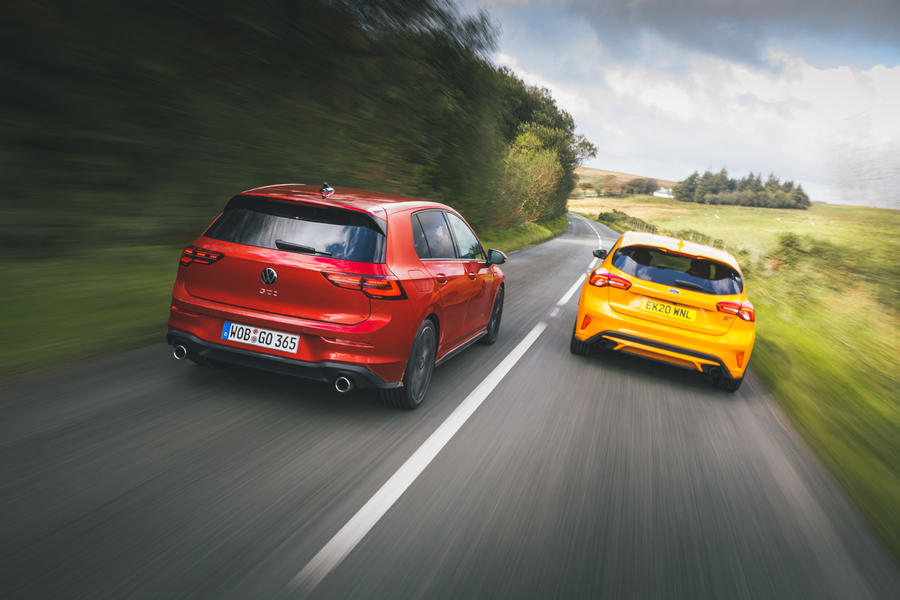
The first surprise once you’re on board is that the interior of this Golf has lost some of the class of its predecessor. Of course, it’s now all ultra-high-definition screens, in line with the modern vogue, and it’s full of clever stuff like ventilation controls labelled ‘cool my feet’ and a pulsating engine start/stop button, while you can choose for your interior to be lit in any of 30 different colours. I would trade it all for some better-quality plastics and simple ergonomics that don’t require you to dive through menus to find what you need.
If, for instance, you want to suppress or switch off the electronic stability control, you have to go into vehicle settings, then swipe through until you find ‘brakes’ (which isn’t where I would first think of looking), ask it to turn off the systems and then be patronised by Volkswagen telling you that it doesn’t recommend you do so before it forces you to confirm your ill-advised choice with another stab of the screen. I would rather just press a button.
Not that the Focus offers a more palatable alternative, and you only have to park it next to a Fiesta costing half the money to see that Ford is stretching the art of parts-bin commonality a decent distance further than it cares to go. Actually, the Focus’s systems are less complicated and more easily understood than the Golf’s (surely a first?), and if their blue-lit graphics weren’t quite so nasty, that might be a sizeable blow landed against its rival. But despite my reservations about the Golf, the Focus’s cockpit feels even cheaper and lacking in occasion. For a car costing the uncomfortable side of £30,000, it could and should be better than this.
However, I know this car and know that, on the right road, I won’t be overly troubled by the inelegance of its displays. Exmoor lies before us, so grab a gear and go. In the very first instant, the Focus is slightly disappointing. The steering feels slightly artificial in the way that electrically assisted racks often do when coming off centre and the gearchange is reasonable but no more. But as soon as you start to work the engine and suspension, it begins to make sense. A great deal of sense.
It’s startlingly good on these roads. The engine brims with more character than you would attribute to a turbo four, while the clever front suspension and electronically controlled limited-slip differential inject all that torque straight to the street surface without dither or delay. It’s annoying that you can’t separate the engine and damper maps in Sport driving mode, but it’s so lively even in standard settings that it’s usually best to leave the button unpressed.
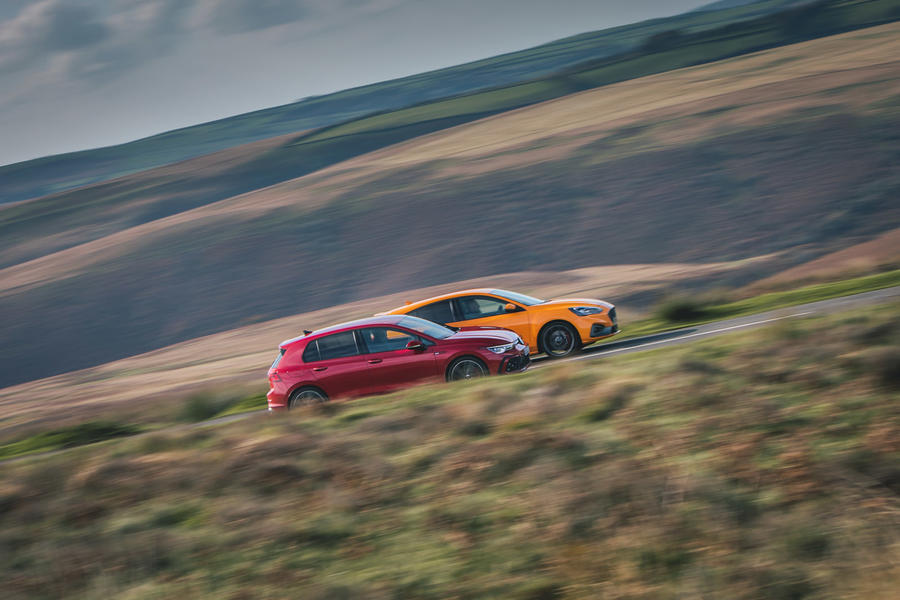
But where it elevates impressive point-to-point pace into a genuinely special experience is when you push harder and discover that, instead of starting to struggle, it goes on getting better and better. It never wilts, at least at public-road effort levels, and never suggests that you’ve had all the fun that you can handle. Grip is superstrong, its poise into the apex beyond question. You always know where the nose is going and, even with the stability merely in Dynamic mode, it’s so throttle-adjustable that you can place the back wherever you like.
It may not be quite so rapid as the previous-generation Focus RS, but it’s sharper, more communicative and more predictable. With this ST at your disposal, you find yourself wondering whether Ford’s decision not to replace the RS is that great of a loss after all. Or at least I do.
After a display like that, what can we expect from the Golf? Something less pyrotechnical perhaps, but at least as inwardly satisfying, for that’s what these cars have always done. They don’t wow and amaze, they impress and enthuse.
Except it’s not quite like that this time. Our Golf came with optional adaptive dampers, which allow you to choose (through the Individual option of the standard driving mode function) one of 15 preprogrammed maps for your shockers. This is fun to play with, although you still want to be only about three clicks off fully soft for a typically undulating British country road. It all smacks of something rather racier than we’ve come to expect from a Golf GTI.
And that’s what it delivers. Don’t be delayed too long by the statistics that say the Golf is rather slower than the Focus. In reality, the gap is there but is smaller than you would think and doesn’t appear much of a shortcoming, even in the highly artificial scenario where you have the two cars to make the comparison, so owners shouldn’t be troubled at all. The Golf has a good engine, too – not quite as characterful as the Focus’s, perhaps, but at least as smooth and allied to an even better gearshift.
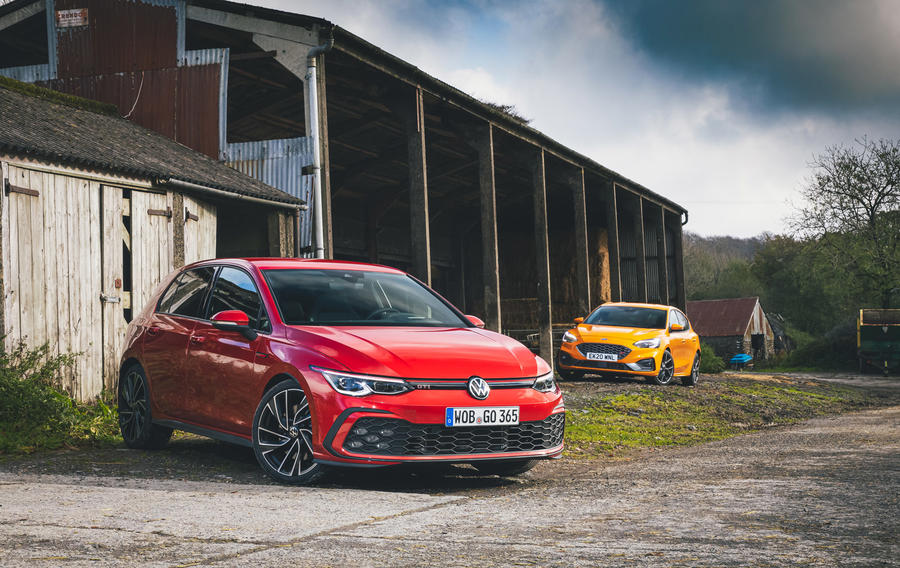
In other areas, though, the Focus is clearly ahead. The Golf’s chassis is more incisive than it used to be, but it doesn’t hit its marks like the Focus, nor can you steer it anything like as effectively with your right foot. It has excellent traction and faultless mid-corner stability, but that lovely feel of the old Golf that was key to its cross-country charm as it breathed its way effortlessly across the landscape has been sacrificed to give the car more sporting chops.
Is this a sensible trade-off for its undoubted additional edge? I’m not so sure. The Golf hasn’t just moved closer to the Focus philosophy in the way it handles: not too surprisingly, the ride has gone the same way as well, which is a less desirable trait. The Focus is predictably firm, even when not in Sport mode, but there’s a consistency in what it does. The ride isn’t great, but it’s good enough for this kind of car and you always know what you’re going to get. The Golf’s ride is similarly firm now – or close to it – but uncharacteristically uneven.
You will be on the point of concluding that it does actually ride better than its rival when a change in road surface will unsettle it and have you concluding that, no, the Focus does it better. The Golf is probably still better overall, but by a smaller margin than ever.
It’s curious, this new Golf. It’s not a clunker by any stretch, but nor does it seem likely to be remembered as one of the greats, like its Mk2, Mk5 and Mk7 forebears. There’s no question in my mind that Volkswagen has tried to vary the formula, but in its attempt to sex up the Golf, something got lost along the way.
The little-spoken truth is that although we think of the Golf GTI as the archetypal hot hatch, it has in recent years increasingly become the exception to a rule that says such cars have to be road warriors in hatchback form. It has delighted in taking the other view – the view that prioritises feel, comfort and flawless proficiency over the more rough-and-ready, up-and-at-’em approach that others take. And some of that has gone now.
By contrast, what Ford has done with the Focus that so impresses is that instead of moving its skillset in one direction or the other, it simply expanded it. That fast-Ford character we know so well has been retained in full. In fact, it’s sizeably enhanced. This is a car that loves the open road. It’s a driving machine to its boots. And yet so too is it an easy car with which to live. Sure, its cabin looks grim, but it works well enough, while its ride and refinement are, well, almost Golf GTI-like.
Don’t mistake me: I do like the new Golf GTI, just not as much as I had expected to. It’s like those quiet, quirky kids at school who are always happy to do their own thing until one day they decide to conform and, by trying to be more like the others, give up something of themselves. And for a car whose character was already so distinct and charismatic, that’s a pity.
The Focus ST suffers no such identity crisis. It knows exactly what its job is and delivers an entirely convincing performance from the moment action is called. It wins.
Used alternatives
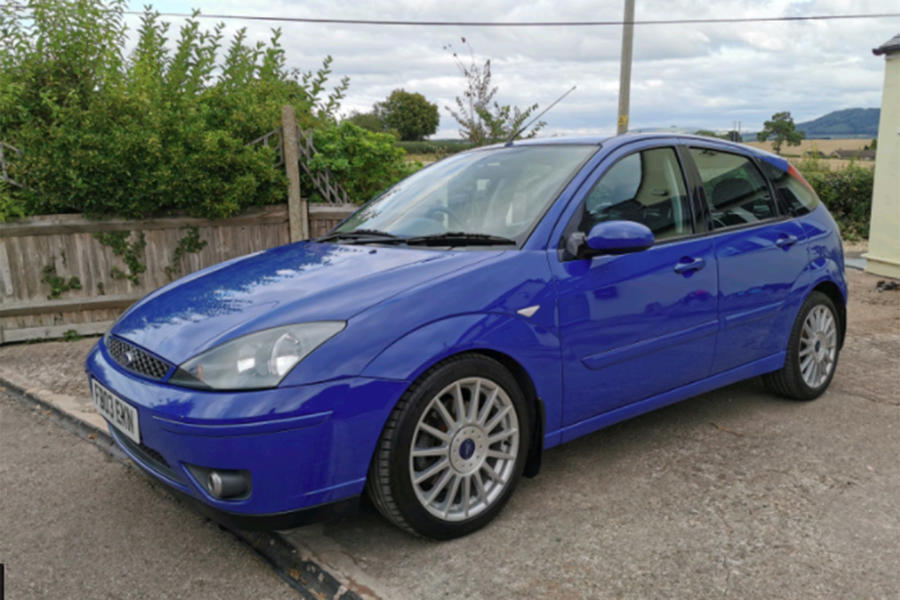
2003 Focus ST 170, £1750: Get your Cosworth-fettled Ford fix on a shoestring. Subtle exterior modifications belie a comprehensive catalogue of revisions underneath, including a power hike to 168bhp, beefier brakes and quicker steering.
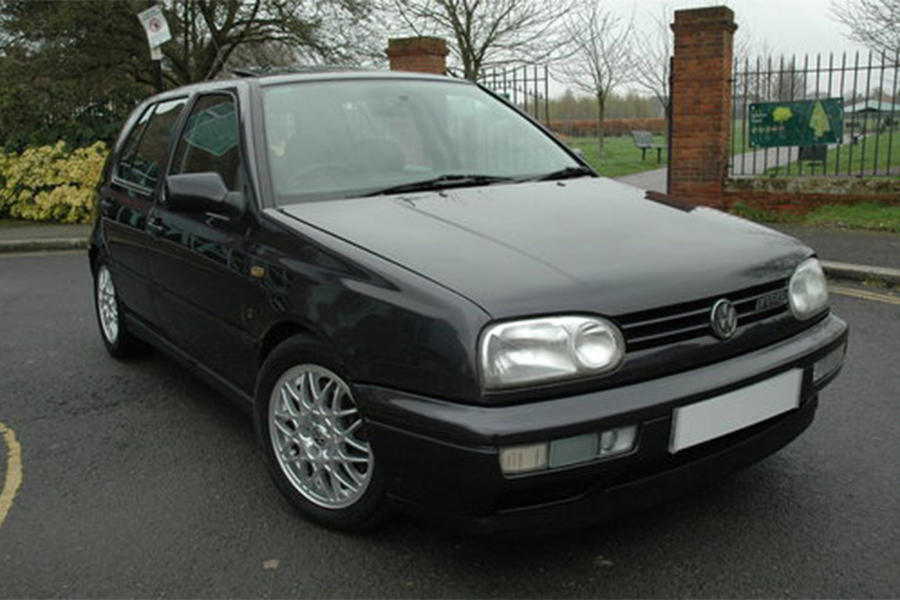
1996 Golf VR6, £3750: Yes, you really would be getting a naturally aspirated 2.8-litre V6 in a relatively anonymous-looking family hatchback here. Nobody will make another like it, and owners seem to know it. Buy now, before it’s too late.
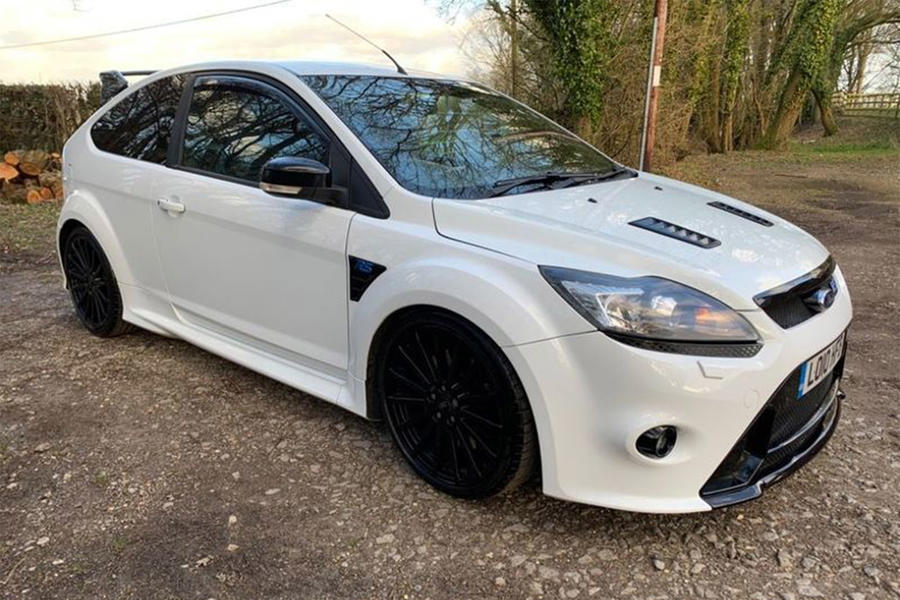
2010 Focus RS, £18,100: Introverts, look away now, because there’s no missing the Mk2 Focus RS, with its 301bhp turbocharged four. Although if you are the shy and retiring type, Frozen White blends in slightly better than Ultimate Green…
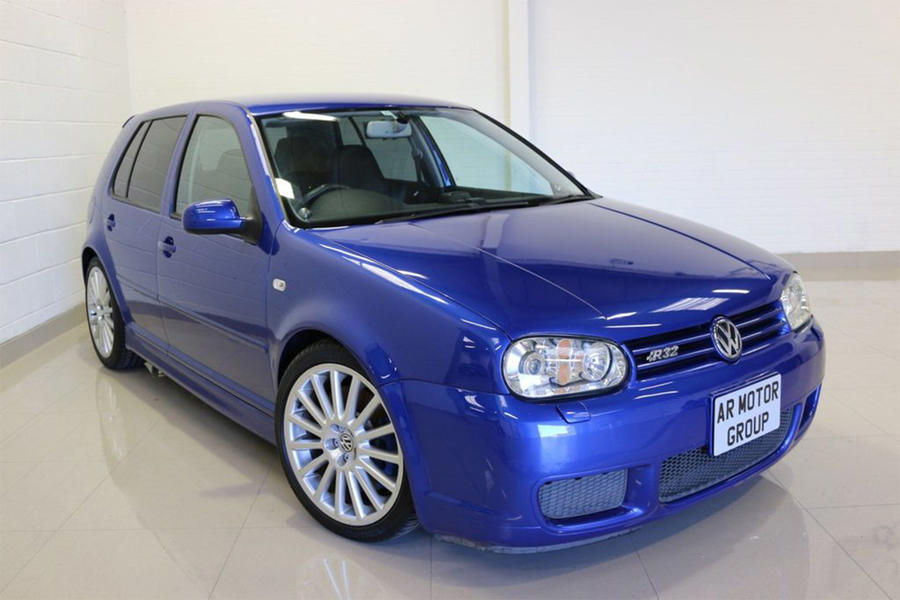
2003 Golf R32, £19.995: Here’s some pub trivia: the 238bhp Golf R32 can sprint a quarter-mile quicker than the 414bhp W12 Phaeton. It excels in the twisties, too, courtesy of its colossal disc brakes and trick Haldex four-wheel drive system.
READ MORE
New 2020 Volkswagen Golf R to be unveiled on 4 November
Volkswagen ID 3 vs Nissan Leaf: Battle for the EV top spot
Volkswagen Arteon Shooting Brake 1.4 TSI eHybrid 2020 review
Source: Autocar
